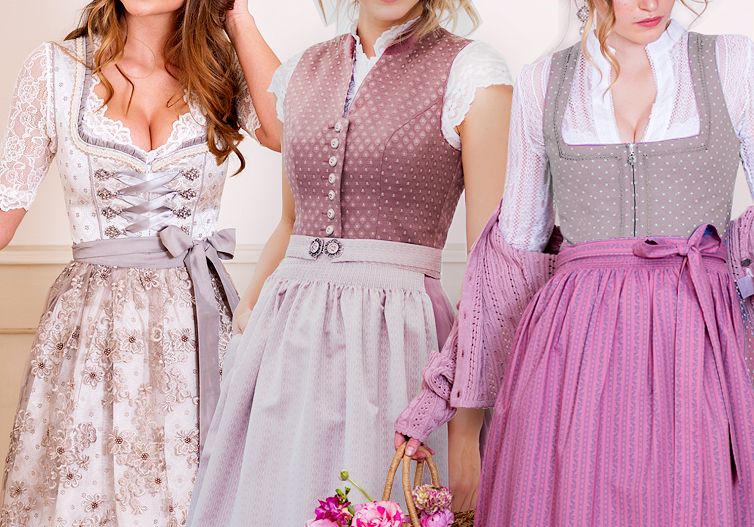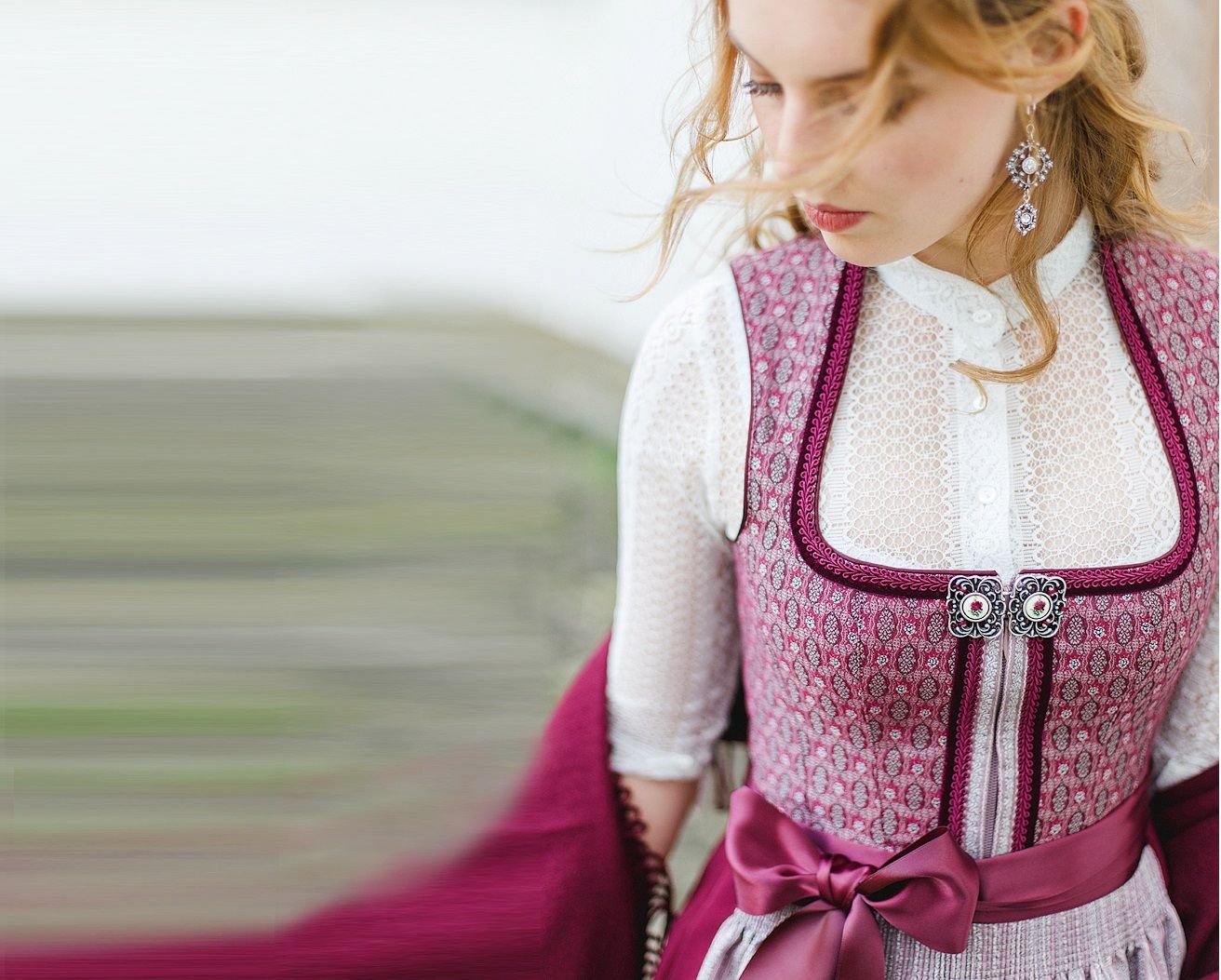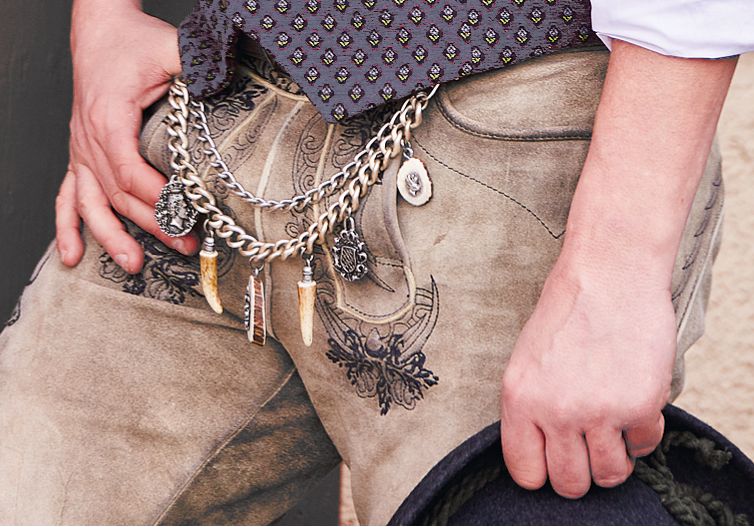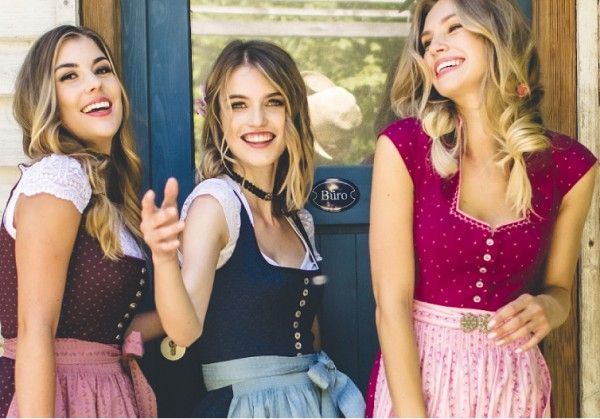Traditional costumes in Germany - A reflection of regional diversity and tradition
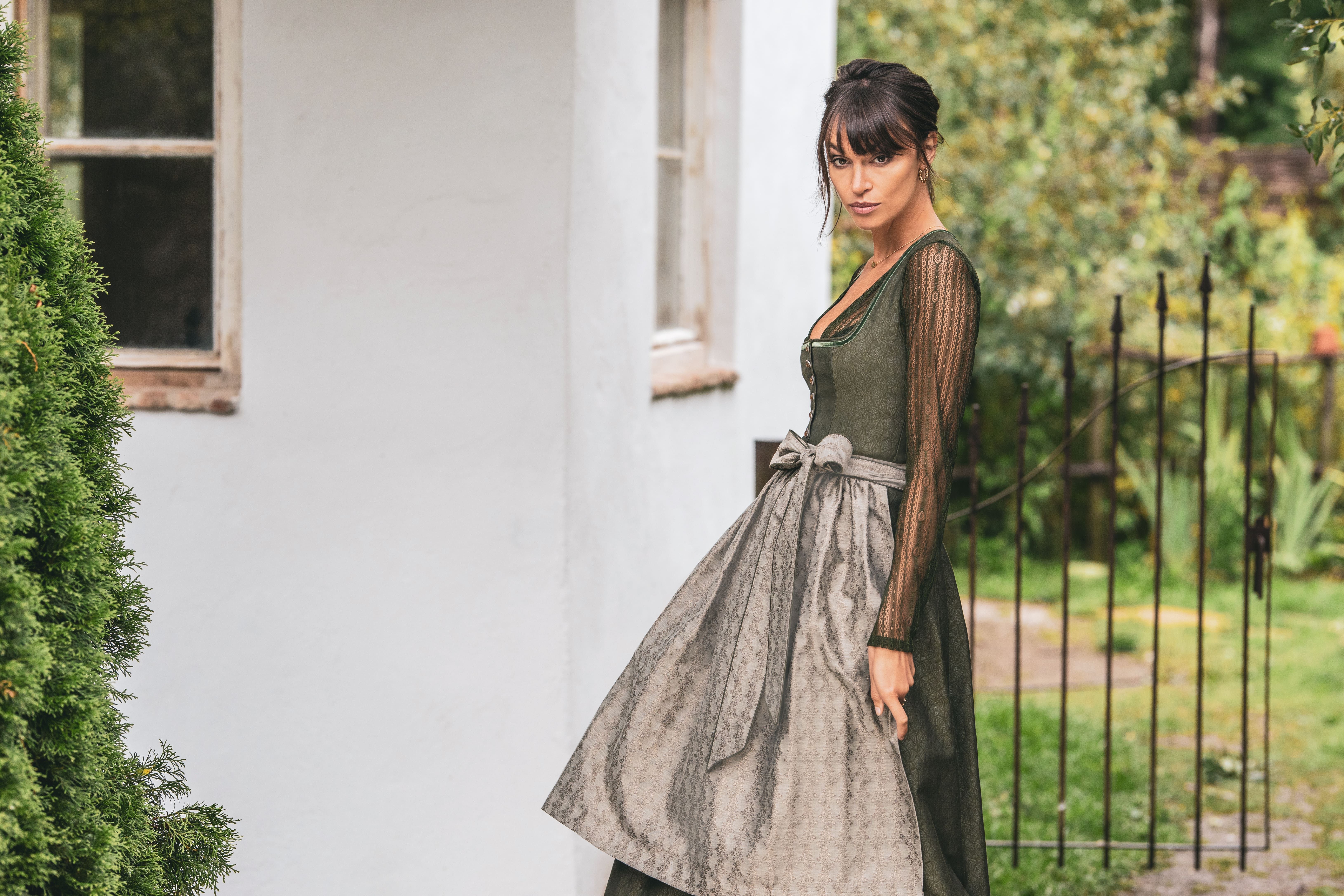
Germany is a country rich in regional uniqueness and cultural diversity. This diversity is also reflected in traditional clothing, such as Trachten. From the Alps to the coast, traditional attire has evolved over centuries, telling the story, values, and way of life of each region. Every Tracht has its own distinct character – whether it’s the elegant Alpine Tracht, the iconic Black Forest Tracht, or the colorful Schwälmer Tracht. These traditional outfits are shaped by their surroundings, climate, and local culture, demonstrating how vibrant the tradition of Trachten remains throughout Germany.
In this article, we explore the variety of German Trachten – from the elaborate Alpine attire of the south to the practical traditional clothing of the north. Are you curious? Then join us as we dive into the world of Trachten culture and discover its many fascinating facets!
Southern German Alpine Tracht: Tradition and Expression
In southern Germany, particularly in Bavaria and Baden-Württemberg, the Alpine Tracht is an essential part of cultural identity. The traditional attire of the Alpine regions is known for its elaborate details and intricate embellishments, symbolizing the deep connection between the people and their homeland. Typical elements such as lederhosen for men and dirndls for women are characterized by high-quality materials and intricate embroidery, often crafted by hand.
Did you know? Married women wear a dirndl with the apron bow tied at the side or in the back, while unmarried women tie the bow in the front, either on the right or left.
The Colors and Fabrics of Alpine Traditional Attire: Bold colors like red, green, and blue, as well as materials such as wool, silk, and velvet, dominate southern German Trachten fashion. These fabrics not only provide an elegant appearance but also offer protection and warmth in the often chilly mountain climate.
Meaning and Occasions: Alpine traditional attire is worn at folk festivals such as Oktoberfest, Wasen, and for special celebrations. The Trachten of the Alpine region symbolize pride and a deep connection to one’s homeland.
The Black Forest Tracht – A Symbol of Regional Identity
The traditional clothing of the Black Forest is among the most well-known in Germany. The most famous piece is the Bollenhut, instantly recognizable by its striking wool pom-poms. Although this hat is only worn in a small part of the Black Forest, it has become a symbol for the entire region and beyond. A unique distinction: unmarried women wear hats with red pom-poms, while married women wear black ones.
Materials and Colors of Black Forest Trachten: Black Forest attire is primarily made from wool and linen and is often in black and red tones. These colors are not just decorative but also carry symbolic meaning, varying by region and occasion.
The Significance of Black Forest Attire at Festivals: Traditional Black Forest Trachten are still worn at festivals and celebrations, proudly displaying the region’s heritage and customs.
Northern German Trachten – Simplicity and Functionality
In northern Germany, traditional attire is less elaborate but deeply influenced by rural and maritime life. Northern German Trachten are known for their practical cuts and functional materials. One striking example is the Schwälmer Tracht from Hesse, recognizable by its colorful aprons and headpiece known as the Betzel. The Betzel is an intricately designed bonnet, often embroidered and adorned with ribbons. Like other traditional headdresses, it also indicates marital status: unmarried women wear a red Betzel, while married women wear a black one.
Style and Material: The Schwälmer Tracht is characterized by vivid colors and handcrafted embroidery, often depicting stories and symbols from rural life. Linen and wool are the dominant materials, offering durability and protection against harsh weather conditions.
Traditional Attire as Everyday and Festive Wear: Many northern German Trachten were originally designed as everyday wear, reflecting a close connection to nature and the sea. However, the Schwälmer Tracht is more festive and worn for special occasions.
The Vibrant Diversity of Traditional Attire in Germany
Whether you're interested in the ornate Alpine Trachten, the colorful Schwälmer attire, or the iconic Black Forest Tracht, Germany’s diverse traditional clothing offers something for everyone. Each region contributes its own unique Trachten style to the country’s cultural heritage, keeping history alive in modern times. While we’ve highlighted some of the most famous Trachten here, every region has its own traditions and unique styles waiting to be discovered.
Want to learn more about traditional clothing around the world? Read our blog about the most beautiful Trachten worldwide or explore the fascinating history of the dirndl!


